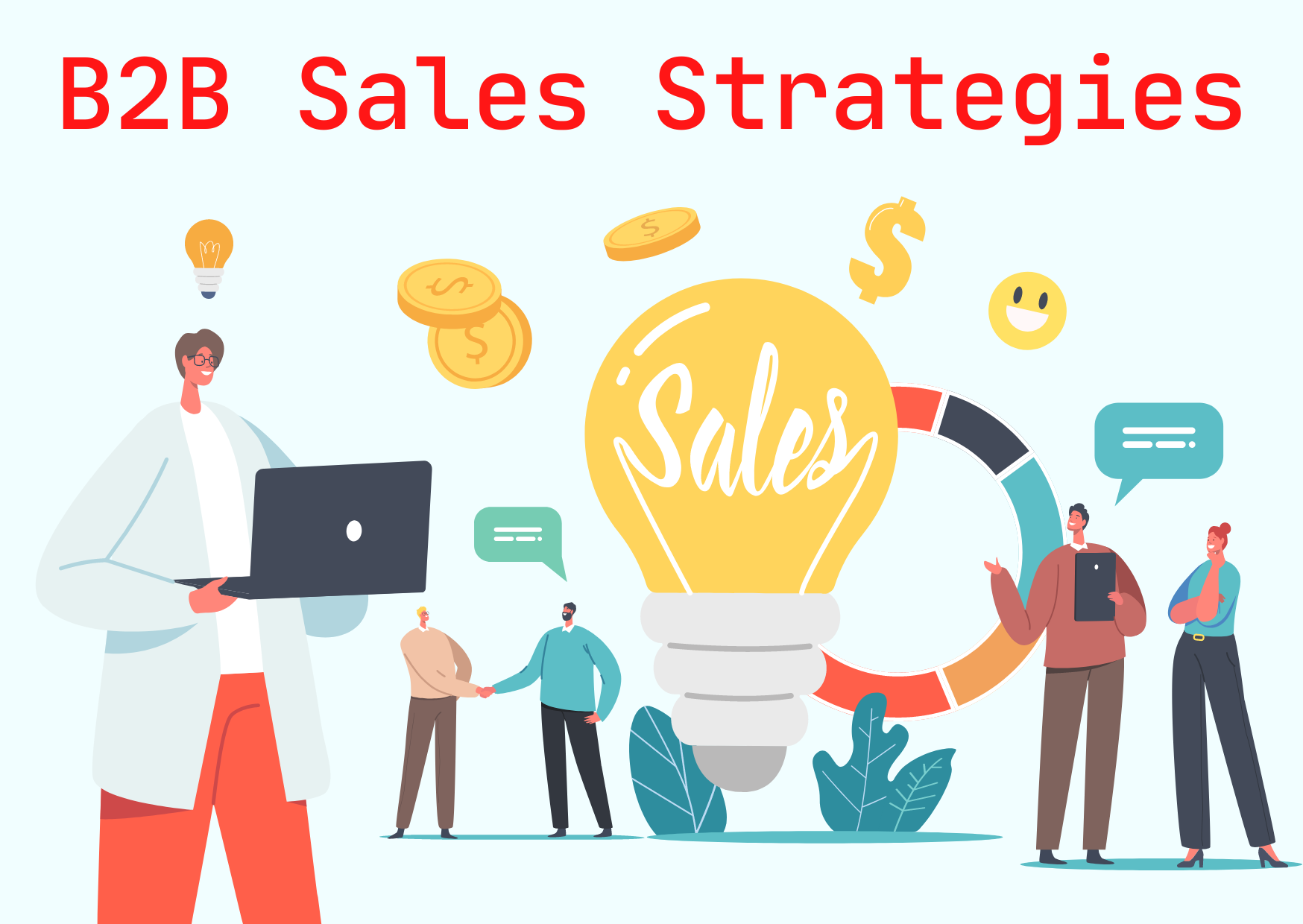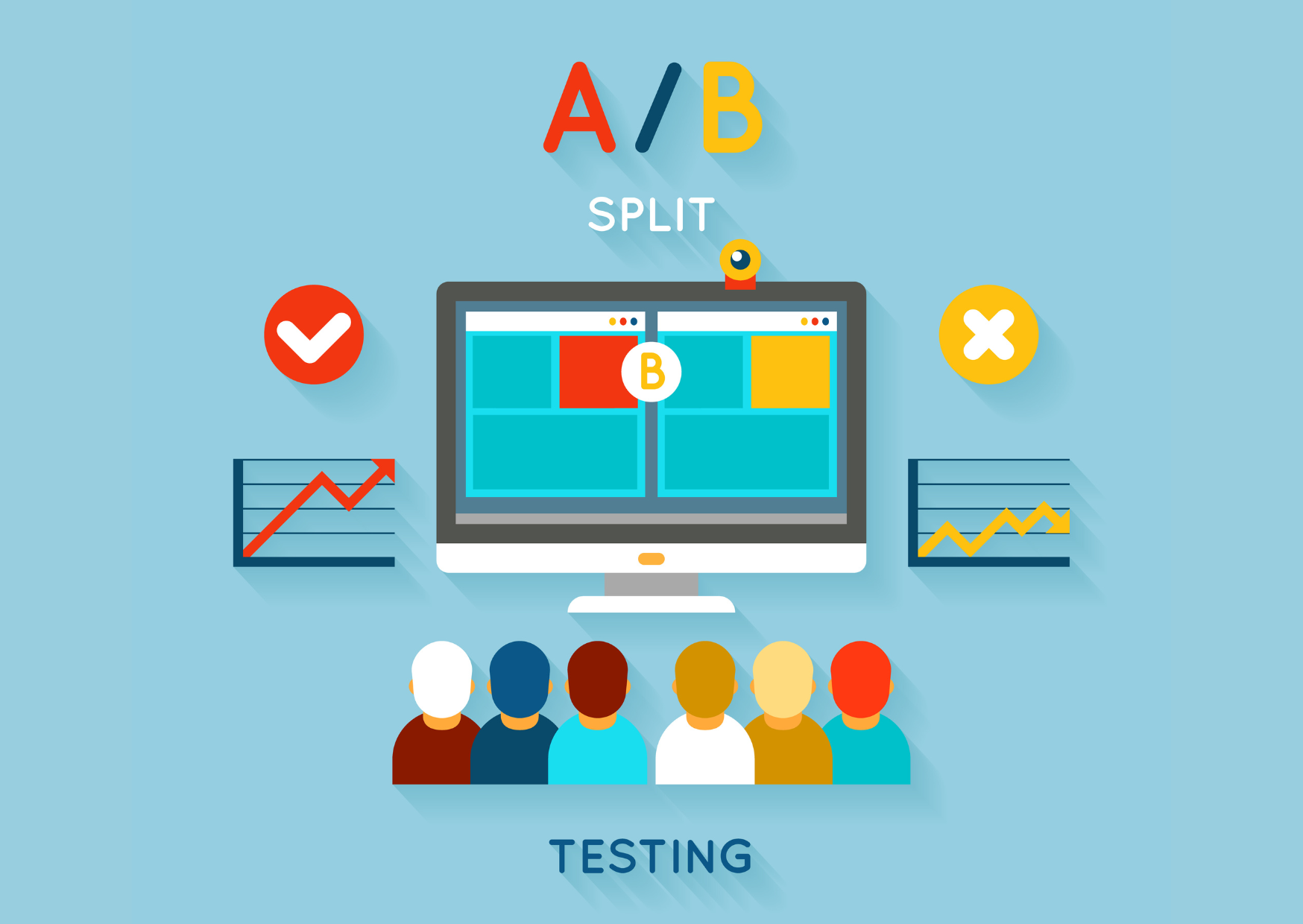Welcome to the wonderful world of B2B sales!
If you’re reading this, chances are that you’re ready to take your B2B sales game to the next level and we are here to help. You might be doing the best in your business but still having a hard time with the sales processes.
It’s normal, given the competitiveness of today. All brands are struggling with their sales strategies to improve their profitability.
But don’t worry—we’ve put together a guide full of proven B2B sales strategies for landing new clients in a way that’s scalable, effective, and easy. So read on if you want proven ways to get more customer leads than ever before!
What is B2B Sales?
B2B is an acronym that stands for business to business. B2B sales is a process of selling products and services to other businesses. It is a long-term sales process, which requires you to build trust with your client and establish credibility over time.
It’s more complex than B2C (business to consumer) sales because it involves multiple stakeholders within the organization. You have to get all the stakeholders involved—including management, marketing, sales, and finance—on board with your solution before you start selling it. This can take time, so be patient and persistent!
Because there are multiple stakeholders involved in each deal, there needs to be a consensus among them about whether or not they want what you’re offering; otherwise, you’ll never get anywhere with them.
B2B Sales Challenges
Today, sales professionals face more problems than those they faced in the past years. Here are some of the challenges that your business will have to overcome with your B2B sales strategies to close more deals.
Now Buyers are more skeptical
It’s becoming harder and harder to get your target audience to notice you. But that doesn’t mean you should give up. The key to success lies in a thorough understanding of how your potential customer thinks and acts. The first step is understanding that customers are more skeptical than ever and they’re actively seeking information they can trust.
B2B Buyers want reviews and testimonials
You don’t want to spend money on something that isn’t going to be worth it. This is where the importance of reviews and testimonials comes into play. If you have more reviews and testimonials that speak highly of your products or services, then there is a good chance that you will get more customers.
Consumers are smart these days, so make sure your website includes a lot of content that speaks highly of your business.
Buyers are aware of the risks of purchase
When purchasing a product, service, or solution for their business, buyers are very aware of the risks of making a bad purchase. They don’t want to take a chance with their money, time, and resources—which makes sense!
In a B2B sales scenario, one of the main risks for a buyer is purchasing something that doesn’t work well with their existing systems or processes. It’s important to understand what concerns buyers may have when making purchases and what points you need to address in order to close the deal.
B2B Sales Strategies To Win More Customers
When you constantly implement strategies like those below throughout your sales journey, you will be able to win more customers:
Embrace Sales Enablement
Sales enablement provides information and resources to your clients that help them to make better buying decisions. Sales enablement can take many different shapes and forms depending on what resources you’re providing and why you’re doing it. For example:
Salespeople can use sales enablement to help customers determine which of your products or services will best suit their needs and help them to understand how they work.
Marketing teams can use sales enablement as a way to provide prospects with a list of benefits that your company offers so that they can make an informed decision about whether or not your product is an ideal fit for their business.
Customer service representatives can use sales enablement as a way to demonstrate how your company can solve common problems through your products or services.
Understand Your Prospects Well
Understand your prospects well enough to be able to anticipate their questions and objections before they even ask them. You need to be thinking about how you can help them through that buying process from start to finish. If they’re not ready yet, you need to make sure there’s a place for them in your funnel, so that when they are ready they can find their way easily back into your sales funnel again.
Empower Your Salespeople
Empower your salespeople by encouraging them to set up their social media accounts and encourage them to post relevant information that your target audience will find helpful. Let them share case studies of how your business has solved their pain points.
Align Sales And Marketing Teams Towards The Same Goal
When it comes to selling your product or service, you already know that sales and marketing departments aren’t always on the same page. One is about the numbers, the other is about relationships. But it doesn’t have to be this way.
In fact, when sales and marketing people work together towards the same goal, they can be a powerful team that’s able to knock down doors. Applying this tactic can help you get even better results.
Create Buyer Personas
Create buyer personas for each target prospect, so you can tailor your approach and message accordingly. The more information you have about them, the better equipped you’ll be to sell solutions that meet their needs.
Also consider using social media platforms like LinkedIn or Facebook Ads to target specific types of buyers who would benefit from what you’re offering—this way, when they come across an ad for one of your solutions, they’ll already know exactly what it does and whether it could help them achieve their goals.
Get To Know Your Customer’s Pain Points And Challenges
One of the best sales techniques is to ask questions and guide customers toward what you have to offer. By asking specific questions about their challenges and pain points, you’re able to create an image in their mind of themselves using your product or service to fix those problems.
Sell Solutions, Not Products
If your product is something that solves a problem, then be sure to highlight the problem you’re solving and the needs that it meets. If your product is a tool or a resource, then make sure you explain why it’s valuable and how the customer will benefit from using it.
Understanding what motivates your audience is essential to capturing their attention and moving them to take action. Once you know their desires, you’ll be able to position yourself as an authority in their eyes and convince them that you’re the solution.
Nurture Leads On Various Social Media Platforms
When your customers are on social media, so should you. So, meet your target audience on social media platforms like LinkedIn, Twitter, and Instagram and build relationships with them. Because social media has proven to be a powerful tool in connecting with audiences and potential clients.
Take Follow-up On Cold Leads
The most important part of any sales strategy is the timely follow-up. When you pitch to the leads, they won’t make a purchase soon. So, it’s your duty to keep them warm until they are ready by sending them follow-up calls or emails from time to time.
Conclusion
We’re confident that if you follow these strategies, you’ll see your B2B sales increase dramatically! Adding them to your team’s repertoire will help your team connect with more customers, and ultimately lead to more sales.
Want to reach more customers, try our contact-finder tool, Mr.E by EasyLeadz
B2b Leads
B2b Sales
B2b Sales Strategy
Sales Process

